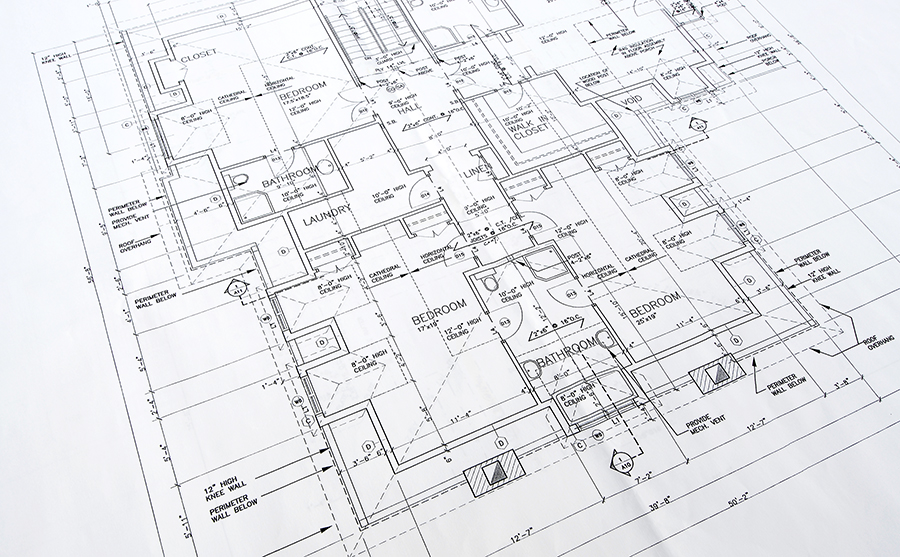Larger Rental Units in Small Apartment Assets are Still the Best Deal for Renters

Though the rent gap between small and larger properties is shrinking for studio and one-bedroom units, new Census data shows that there are still substantial savings for larger units in smaller properties.
Monthly Asking Rents by Unit Mix
In a previous post we highlighted that the rate of rent growth for small buildings was significantly higher compared to previous years. A different story is unfolding ing the larger asset segment, where a developing glut in the large property inventory applied brakes on rent growth.
As illustrated below, the American Community Survey update for year-end 2015 shows small property average rents ranging from $820 for studio units to $1,060 for three-plus-bedroom units, while large properties peaked for two-bedroom units at $1,340.
The gap in rent levels between small and large properties was the widest for two-bedroom units at about 41% (as shown below), while declining from 28% for studios to 20% for three or more bedroom units.
Shrinking Premiums and Growing Competition Vary by Unit Size
At the same time, the recent record pace of large building inventory addition — typically skewed toward studio and one-bedroom units — resulted in a downward pressure on rent growth for these unit types. The end result is increased competitive with small properties.
As shown below, the premium for large building studios declined by 2% from 2014 to 2015, while this decline was even greater for one-bedroom units at 6%.
However, the premiums on large building two- and three-plus-bedroom units, which have expanded only moderately, remained statistically unchanged.
For small property operators, the tighter supply of bigger units across the multifamily sector has meant that the income potential from such units has remained steady, while smaller units are likely to face increasing competition, pending market correction.

